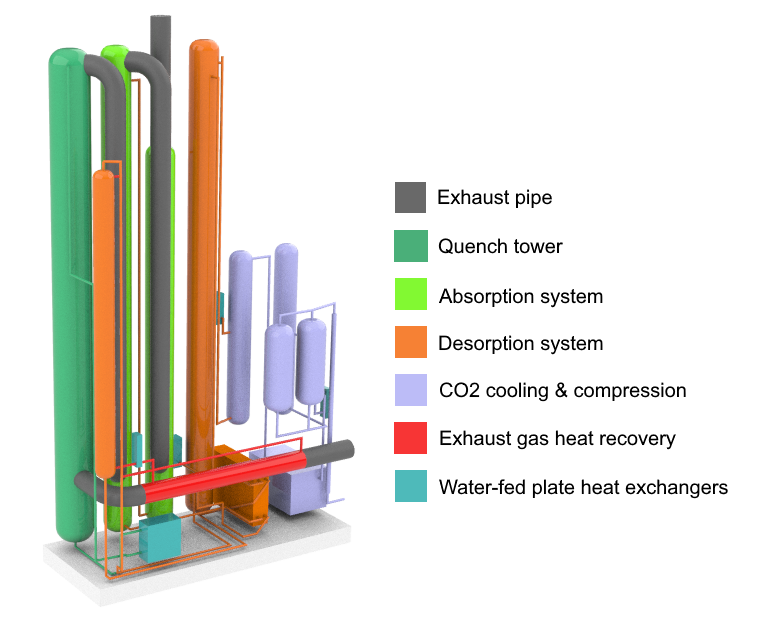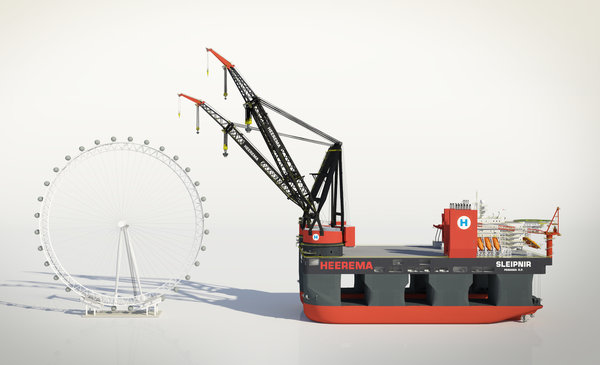Onboard Carbon Capture
At the beginning of 2018, the recently graduated Joan van den Akker started at Conoship International as naval architect. He was able to continue his graduation thesis at TNO on the relatively unexplored subject of onboard carbon capture at Conoship: this theme was the subject of discussion for a new research project.
While Van den Akker’s graduation thesis was an initial exploration of the possibilities of onboard carbon capture, this new project called CO2ASTS would focus on the technical and economic feasibility. Two years later, the positive results of the interregional cooperation project were presented at Europort. Its conclusions formed the input for another follow-up project named DerisCo2.
The gained experience and knowledge of these feasibility studies contribute to forming a long-term vision on the subject of onboard or Shipbased Carbon Capture (SBCC) and its contribution to the decarbonization of shipping.
CO2ASTS (CO2 capture, storage and transfer in shipping)
Carbon Capture has been shown to be technically feasible. This EU funded feasibility study focused on ‘Ship Based Carbon Capture and Storage for inland and short sea shipping using LNG as a fuel with the objective of gaining insight into the main cost drivers and possibilities for minimising the costs per kg of CO2’.
This has been investigated and tested on the basis of three use cases. The most important conclusion from the research is the good adaptability of an onboard carbon capture system through retrofitting due to the LNG as fuel and the space on board for the installation.
Read the complete research report
DerisCO2
In the DerisCO2 project, we are looking at integrating a SBCC process on board of the Sleipnir ship of Heerema Marine Contractors. Implementation is to be accelerated by closing knowledge gaps for SBCC; namely finding the optimal solvent system and assessing the effect of ship motions on the capture efficiency. This work will lead to a cost effective solution for onboard CO2 capture and thereby reducing time before implementation.
The SBCC process is based on using reactive absorption to capture up to ninety per cent of the CO2. The efficiency is high, especially for LNG powered vessels such as the chosen use case, the Sleipnir. The engine provides the rest heat for the capturing process and the cold of the LNG can be used for liquifying the captured CO2. The stored CO2 as a liquid, can easily be offloaded while staying in port.
The ultimate goal of DERISCO2 is to prepare the technology for onboard piloting on board the Sleipnir in the near future.
Less than 3 tonnes of fuel per day has become the new normal for short sea shipping. Yet, shipping needs to become cleaner still. We see a key role for both wind assisted propulsion and carbon capture on board to achieve this.
Interested in Shipbased Carbon Capture?
Please leave your contact information here and we will get in touch with you.






